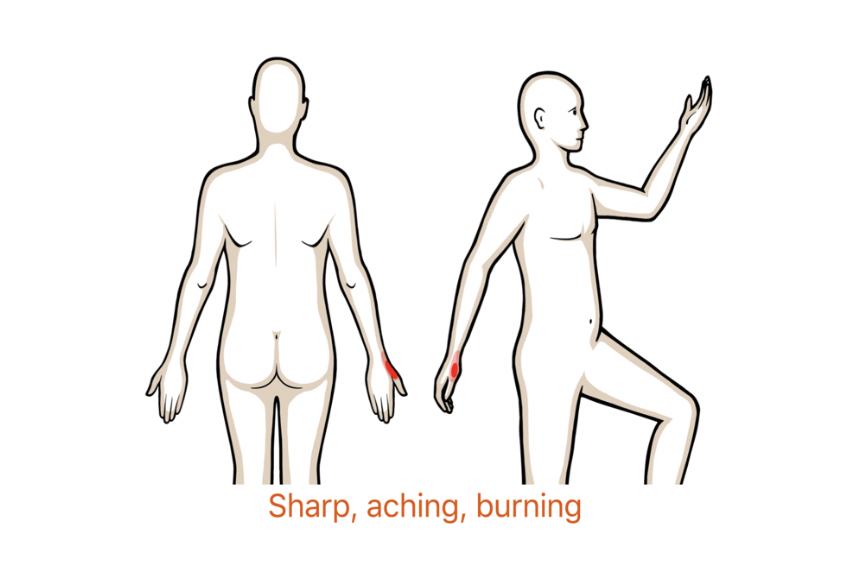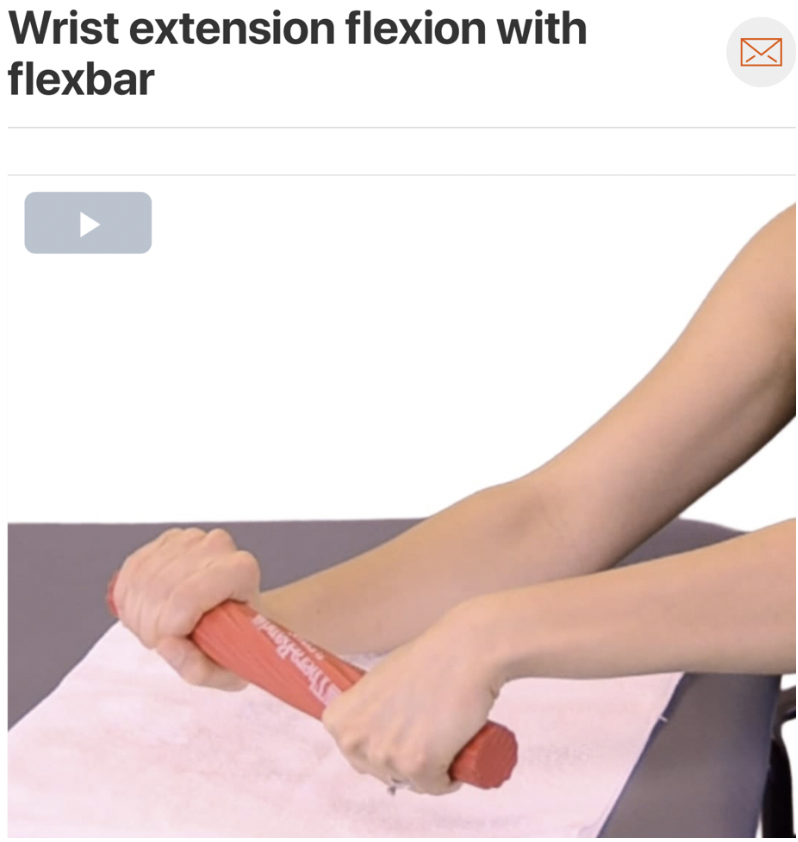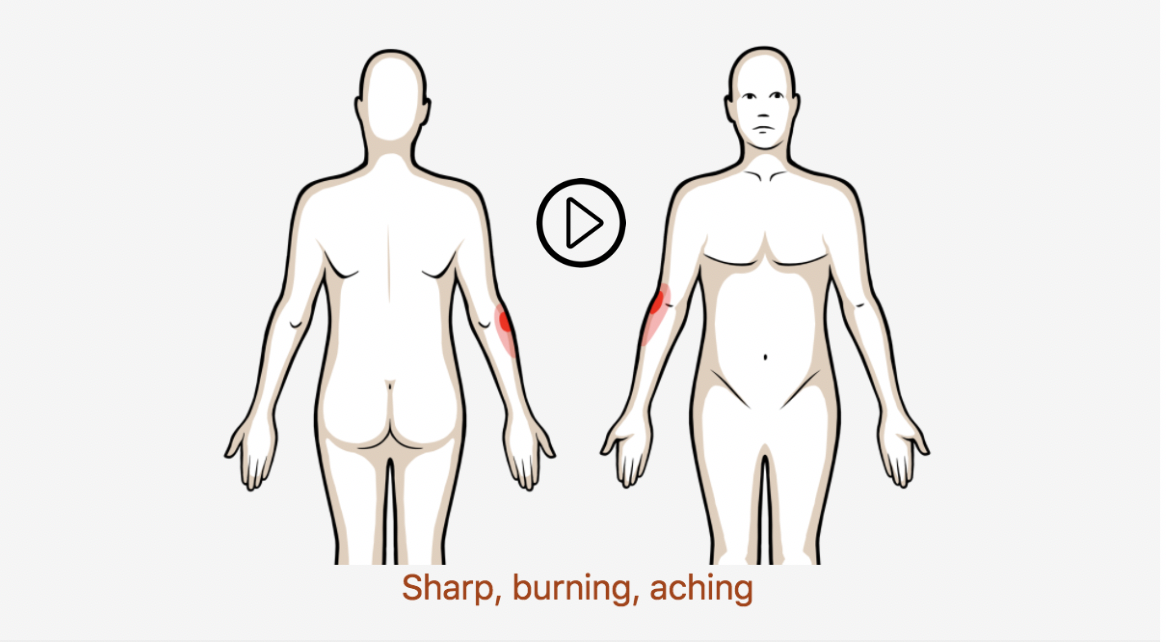Thumb Pain with Muscle Power Deficits
Patients with DeQuervain’s Syndrome often report burning pain around the dorso-radial aspect of the wrist and thumb often exacerbated by grasping and/or general wrist movements. Be on the lookout for a history of repetitive gripping, lifting or use of hand tools with the effected extremity! For more clinical findings click here!
Anatomy
Image via Complete Anatomy by 3D4 Medical
Movement Fault
Many upper quarter syndromes, including DeQuervain’s Tenosynovitis, result from repeated faulty movements during work and/or hobbies. In order to better serve patients, it is imperative to understand the movements they perform regularly and address any problematic patterns. (Click image to watch 1-2 minute video)
Key Findings
Finkelstein’s test is an excellent provocation exam to help the clinician determine if DeQuervain’s is indeed present! (Click image to watch 1-2 minute video)
Treatment
If the patient suffers from acute symptomology, soft tissue mobilization for pain modulation and gentle range of motion exercises should be considered for early intervention. (Click image to watch 1-2 minute video)
Therapeutic Exercise
In the case of sub-acute or chronic symptomology, research continues to supports the use of eccentric loading of pathological tendons. It should be noted that the mechanisms behind the benefits of eccentric tendon loading are still being debated.
As always, address the patient as a whole. Pathology in one area could be a result of compensation for other areas of the kinetic chain!






























